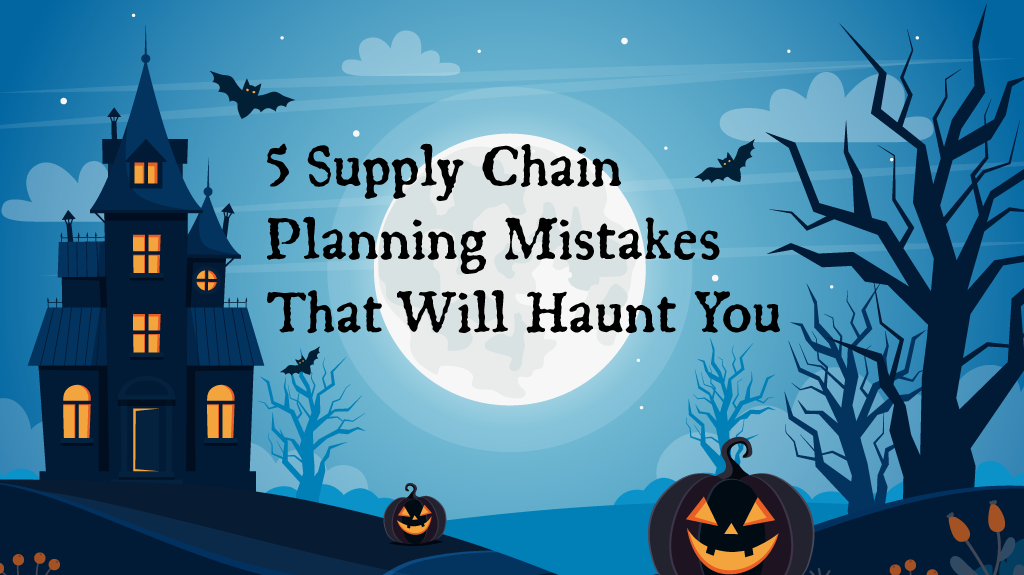
What are the key elements of a sourcing and procurement process plan?
Strategic sourcing is a fact based and systematic approach that organizations use to optimize the management of their supply chain. The approach focuses on improvement of the overall value proposition. This means that it does not entirely look at cost but on ensuring that the right services and materials are available to the organization when needed and in quantity required at the best possible value.
The process involves making decisions based on facts obtained through market intelligence and analysis. This continuous process is collaborative and not reserved for the purchasing functions of the organization only. The process gears towards getting the best services or products at the best value.
Creating a sourcing and procurement plan
Whether you’re creating a local or international sourcing plan, it is vital that the created plan ensures:
- Delivery of the benefits identified in the strategy when required; and in a way, that meets the business need.
- Implementation of the changes is in accordance with a planned timeline that is realistic to ensure their success.
- Identification of risks associated with the processes and building of the appropriate corrective measures into the plan.
A good plan will include:
- Realistic time frames with the consideration for high failure rates
- Proper planning and communication for the creation and implementation stages
- Identification of business processes that will be affected directly and indirectly
- Identification of key milestones and measurement of process results
Three essential steps to creating a sourcing and procurement plan
Strategic sourcing goes beyond negotiating for better prices with suppliers. This approach takes into consideration the entire cost of ownership. This includes those creating the demand for the goods and services, the internal processes, specifications, as well as, operational practices.
Creating a sourcing strategy, therefore involves more than simply considering the best prices. The typical sourcing and procurement process plan involves a series of steps.
Step 1: Identifying opportunities
The organization’s requirements for a service or product usually trigger opportunities or needs. In this step, the user (internal customer) identifies the need and communicates the service or product requirements to the procurement services function.
Product requirements may include:
- Raw materials
- Components
- Finished products
- Equipment
Service requirements may include:
- Transport services
- Handlers for hazardous waste
- Computer programmers
- Other service contractors
Step 2: Specification and need analysis
This step involves the analysis of the situation that has created or driven the need. Depending on the requirement and request made, this step may include an analysis of the operational processes driving the need or the purchase requisition.
Purchase requisitions provide a description of the requirements and the specifications. An effective requisition should include information on:
- The date the department made the requisition. This provides information on when the tracking cycle began.
- The date on which the organization requires the service or product.
- A description of the service or product required.
- The estimated cost of a single unit or a breakdown of the service costs.
- The operational process to which the requirement should be applied.
- A signature of authorization.
A procurement requisition is vital for the procurement of both products and services. It tells procurement services exactly what is required and for what purpose.
Submission of Statements of Work is only where services are required. These provide detailed descriptions of the work as well as when it is required. It also gives a description of the required services and specifications for the service provider. Provision of these services may be on or off-site by a contractor.
Step 3: Strategic Analysis
This is the most vital step in the whole process. In this step, the procurement function must identify opportunities for improvement. This step involves working closely with internal customers as well as suppliers. The procurement function must analyze the processes driving the demand and identify opportunities to eliminate waste, as well as, optimize value delivery.
Identifying areas within common business processes across different units is important at this stage. An organization may even carry out global sourcing to meet the requirements across several units.
This step also involves the evaluation of suppliers. Organizations may already have a list of existing suppliers and they ought to consider those suppliers with a good track record within this list. However, organizations can also consider a list of potential and new suppliers.
Where major purchases or a global source is involved, an in-depth evaluation of suppliers is necessary. This involves an evaluation of the suppliers:
- Facilities and equipment: Does the supplier have the latest or up-to-date equipment? Does the supplier have the capability to expand in case of increased demand?
- Internal processes: Does the supplier have well-developed processes? Does the supplier have a well-established quality control program? What are the working conditions? What are the average cycle times?
- Information systems: Does the supplier have up-to-date information systems? Does it carry out regular training to ensure that its team is capable of performing the duty proficiently?
- Management capabilities: Does the supplier have quality objectives? What is the supplier’s strategic vision? Does the supplier present a stable team to work with?





